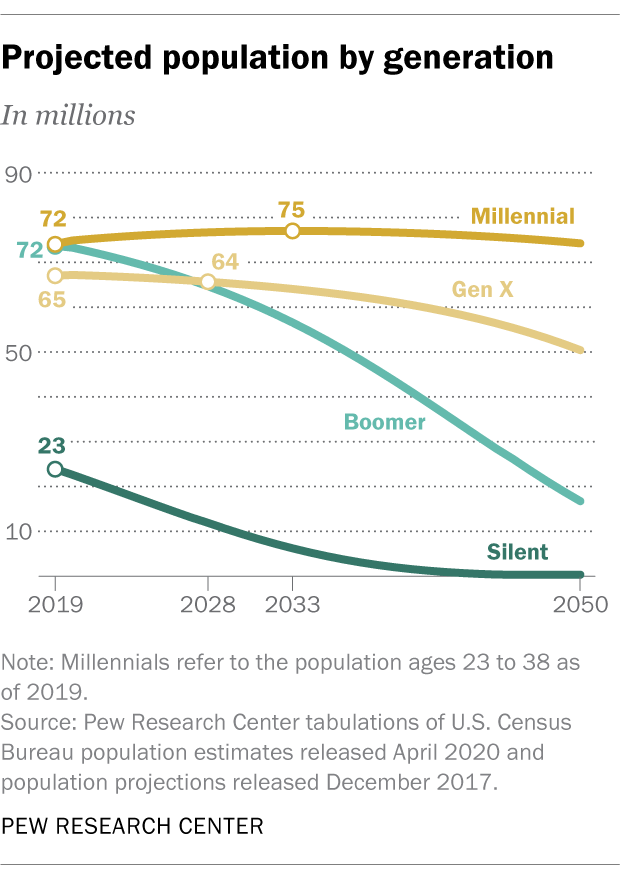In the first part of this blog series we discussed what customer experience means. To recap, customer experience is a lifetime journey across all touchpoints and communication channels. If your organization can provide excellent customer experience and meet your customer’s expectations, then you will see greater customer retention and growth for years to come.
Millennial Growth and Expectations
So, why do we talk so much about customer experience and why is it important for your company to provide a great experience? To answer that question simply – it’s about evolving technology and constantly changing customer expectations – especially from millennials.
Every year, millennials spending power continues to grow. In fact, the millennial generation recently overtook the baby boomers as the largest adult population group in the United States making them the future of your company’s growth. This begs the question – what do millennials want?
According to Lexington Law, they want a unique, cost-effective experience with great customer service. That seems like a no-brainer – don’t we all want that? In addition, Lexington Law also states that three quarters of millennials will switch to another brand if they have a negative experience and 67% believe it is their responsibility to share feedback to a brand about their experience. However, if you’re able to provide them with a positive experience, then 60% will remain loyal to your brand and they will be more likely to share that positive experience.

So, what does that mean for your company? If you can provide an excellent customer experience, then this group is much more likely to share that positive experience AND remain loyal to your brand much more than previous generations.
Finally, according to a report by Microsoft, 63% of millennials begin their customer service interactions online. Making it essential for companies to have an easy, online method for customers to get help when they need it.
Utilizing Customer Data to Meet Demands
In order to deliver a positive experience, we believe it’s important for companies to provide their customers with a seamless, digital experience across various platforms and channels. In fact, NICE inContact reported that 93% of surveyed consumers want a seamless omnichannel experience, but a shocking 73% gave companies a poor rating on their ability to seamlessly switch between channels. This means that many companies are struggling to meet the demands of their customers – leading to unhappy customers and a negative impact on their bottom line.
So, how can you meet these demands and provide a positive experience? Start with the channels you provide to your customers. Many companies offer several ways for customers to contact them and have exchanges. How well do these channels really work together? Is it easy to switch from one to another – not just for the customer but for your employees too?
Finally, simply meeting today’s demands for a seamless digital experience is not enough. As customer expectations change and evolve, so will your customers’ experience. Your company must have the ability and flexibility to adapt to future requirements to keep that experience great, and customer retention high.
We’ve discussed what customer experience is, why it’s important, and how you can begin to address your customers’ demands. But what if you work in an industry that’s heavily regulated? How can you meet these regulatory demands without sacrificing the customer experience? Stay tuned for the final part of this blog series to find out.
Want to read more? Read our blog post How to Solve the Disconnect Between Compliance Regulations and Customer Experience.
Can't wait until the next part of this series?
Watch our on-demand webinar.




